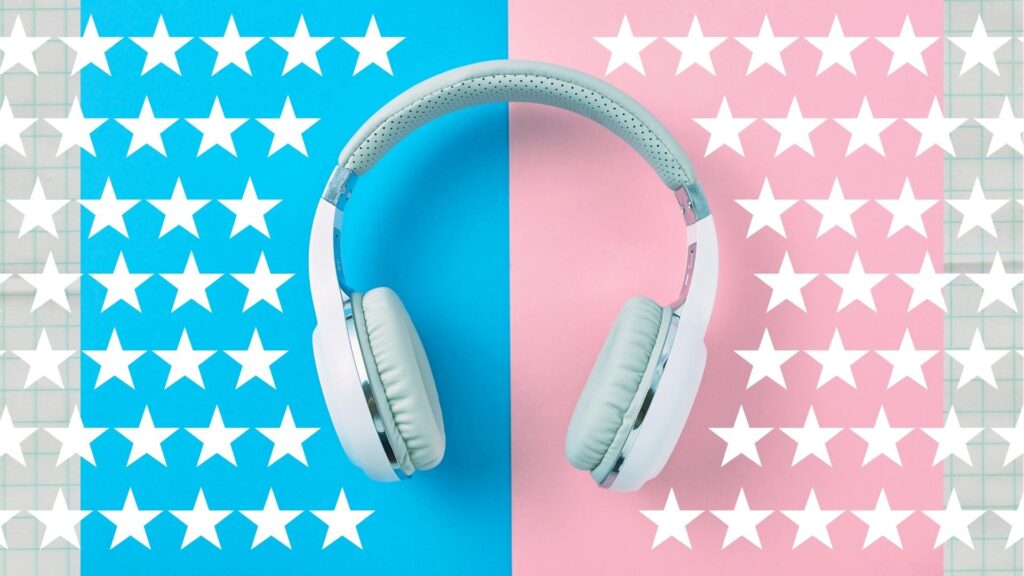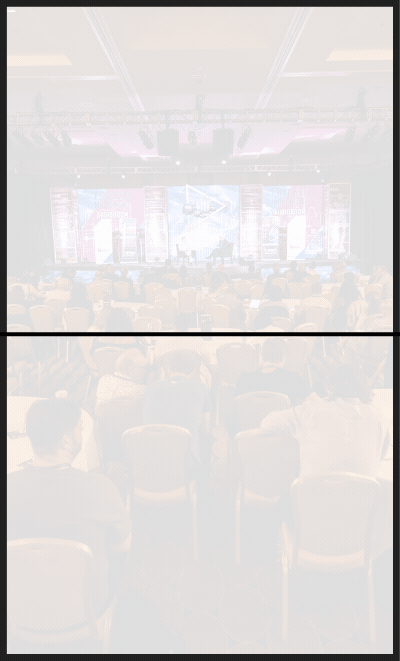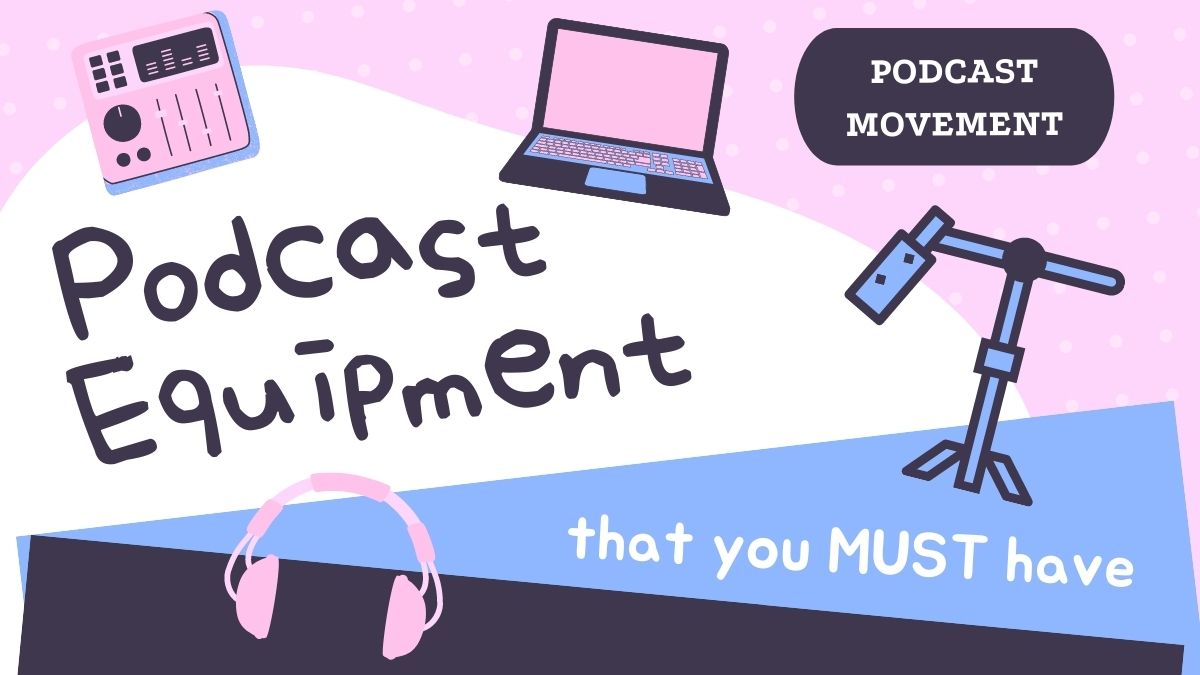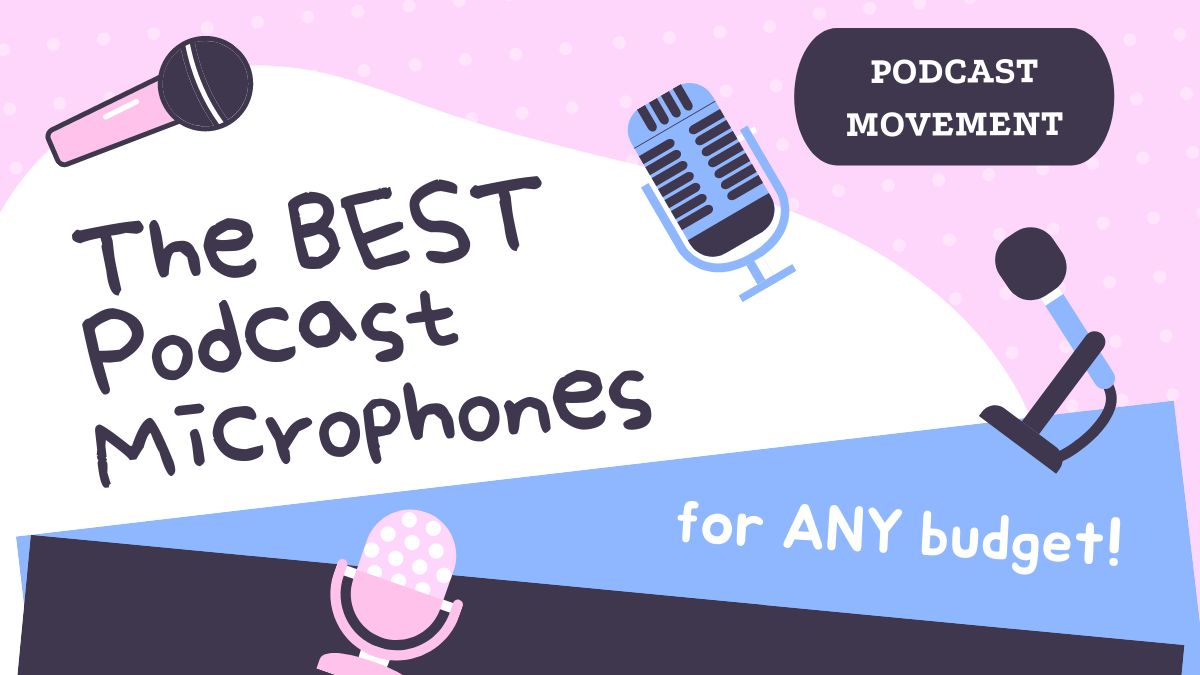

PodMov Daily: Thursday, July 23
Episode 248: Your Thursday Podthoughts

Tips and Strategies for Getting More Podcast Reviews
For just about any podcast, reviews make up some of the most important feedback. “Reviews create social proof, and potential new listeners might decide whether to listen or not based on what others are saying about you,” writes Matthew McLean of The Podcast Host. How can creators reliably generate more?
McLean explains that the manner in which you ask makes all the difference. Don’t introduce limits to listeners — rather than specifying a certain platform, “it can be more useful to ask for podcast reviews ‘on your listening app of choice.’” Make it easy and offer incentives, like reading positive comments on the show.
Obviously, never indulge a shady “review swap.” Honesty is the best policy. “You always want a 5 star review, but it’s good to know your content alone has earned you one,” McLean acknowledges. He makes an excellent point: “There's also a lot of value in 4 star reviews” for both creator and potential listener.
Podcasts and Music Rights: A Broadcast Lawyer Explains
According to veteran broadcast lawyer David Oxenford, music in podcasts is still complex and full of pitfalls. This persistent roadblock is “one of the biggest reasons that music podcasts have not taken off — rights issues,” Oxenford writes. “There still is no easy way to clear the rights to major label music.”
In January, a royalties settlement said that a BMI (Broadcast Music Inc.) license includes the use of music in podcasts. However, it’s essential to know that BMI controls only a portion of the necessary rights. “A podcaster using the music with only a BMI license is looking for a copyright infringement claim.”
Those using music are well-served by Oxenford’s clear explanation. “There are some indications that [restrictions] might change in the near term,” he says. “But right now, for major label releases, you generally need to get permission directly from the copyright holders to use their music in a podcast.”

Riverside.fm — The First Video Podcasting Tool
Adding high-quality video has become essential for podcasters to stand out. That’s where Riverside.fm comes in. The platform records audio AND video locally. It's not in beta and accessible for everyone.
The quality of your recording is Riverside’s top priority. The platform records separate audio and video tracks for up to 8 participants in HD. There’s nothing to install and no logins for guests — with one click, they’re on your podcast.
Riverside.fm is the most reliable solution to help grow your podcast. Livestream to YouTube, Twitter, and Facebook Live to amplify reach and boost social media. Viewers can call in live with video for an instant Q&A, giving them even more reasons to listen and share.
Here's what else is going on:
- Better together: To commemorate the Americans with Disabilities Act, The New York Times has planned an extra-accessible section. Sarah Scire confirms “an audio version for every article in the project,” some made with “newer, more realistic” text-to-speech software.
- Strange magic: Peter Wells of The Sydney Morning Herald speaks with Richard Parks of the “incredibly odd” Richard's Famous Food Podcast. Its “fans are passionate audio producers and foodies, who love the way Parks has smashed these two ideas into a unique podcast.”
- Fresh market: NPR chief marketing officer Michael Smith tells Ad Exchanger about the organization’s recent focus on diverse audiences. “From a marketing point of view, podcasts are great for NPR, because they introduce the brand to younger, more digital-first people.”
- Stay savvy: The webinar series Podcasting, Seriously with Juleyka Lantigua-Williams continues this Saturday at 1:00pm EDT. “I’m Ready to Work for Myself in Podcasting” will cover essentials of business in the industry, contracting pitfalls, and maximizing opportunities.






Join the Movement